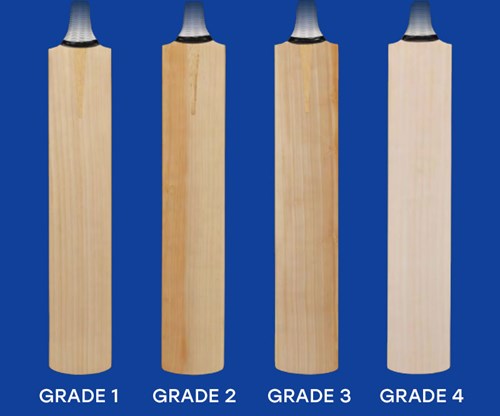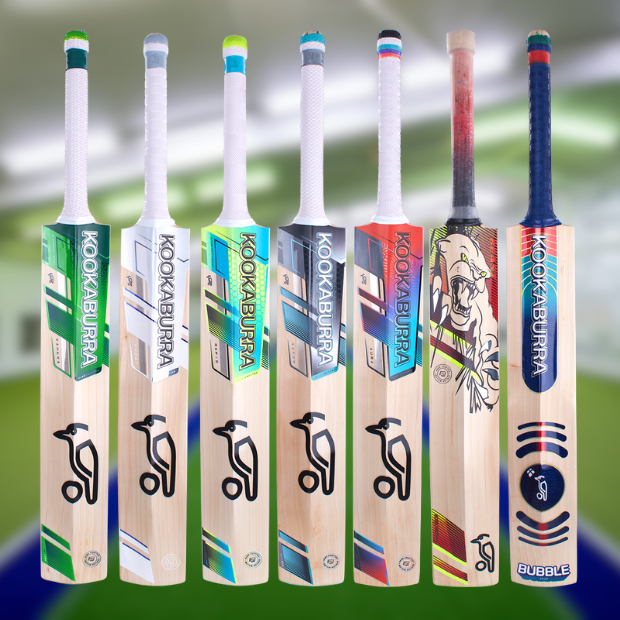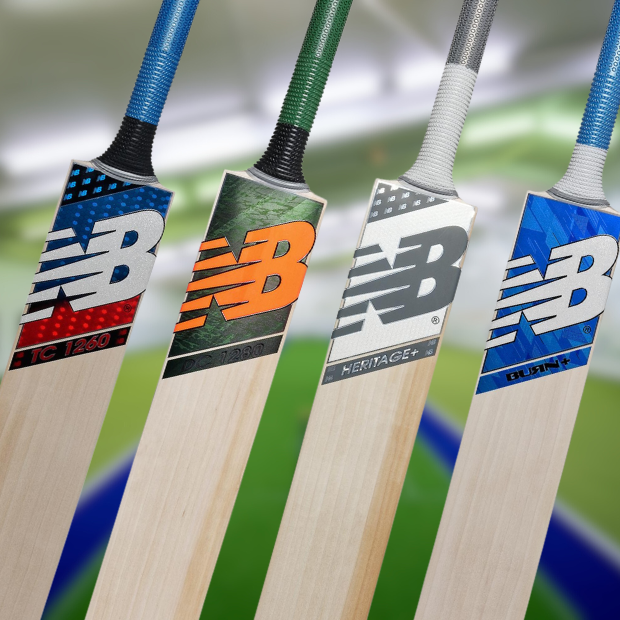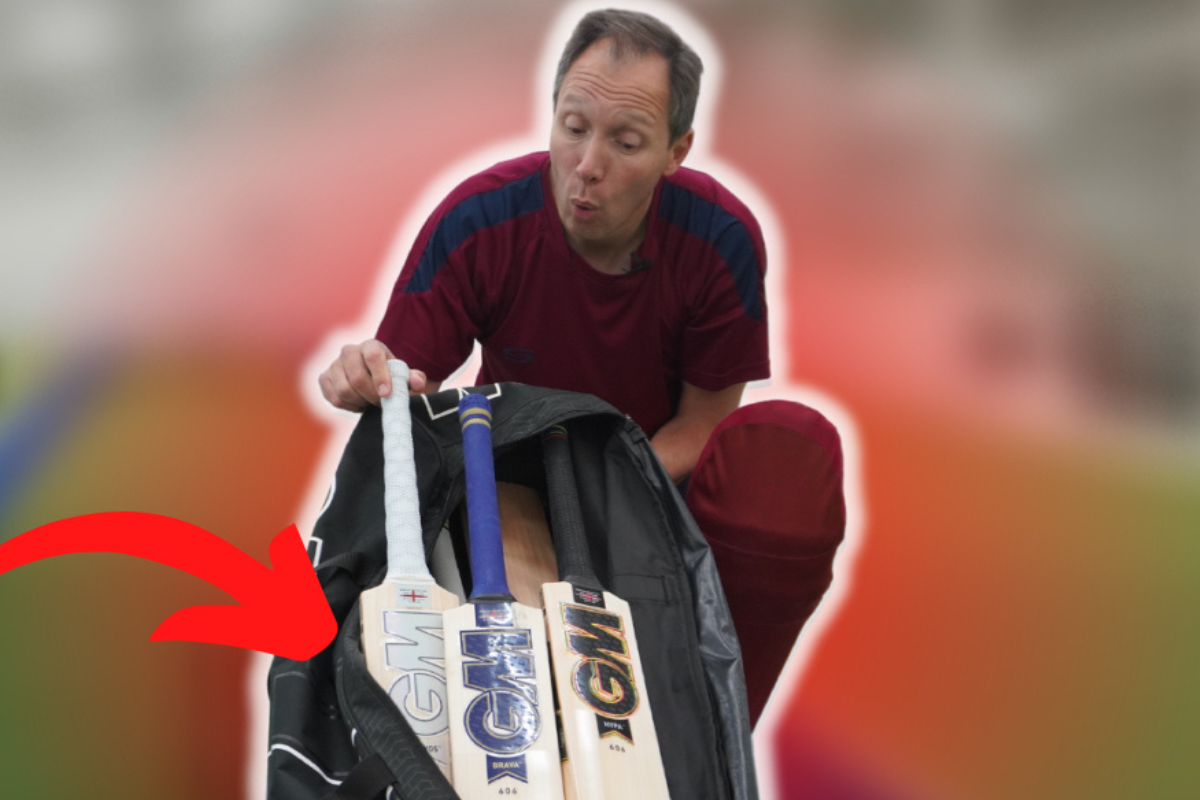Weight of the bat
Cricket bat weights start from 2lb 6oz and go up and beyond 3lb. Experienced players tend to go for a weight of bat they have had before and are comfortable with. Big hitters often prefer to use a heavy bat (2lb 12oz +).
As a rough guide, we would say that a light bat would weigh between 2lb 6ozs and 2lb 8oz, a medium weight bat would weigh 2lb 9oz to 2lb 11oz and a heavy bat upwards of 2lb 12oz.
A heavier bat means more willow and more weight to your shots whereas a lighter bat means you can move the bat faster through your shots. You must work out what you think is most important to you.
A good test for bat weight is to stand up tall and hold the bat out straight at shoulder level. If you are a right-handed batter, use your top hand (left) to hold the bat straight out parallel to the ground. You should be able to hold it in this position for 30 seconds. If your arm starts to shake or you can’t hold it for 30 seconds, the bat is likely too heavy for you.
Also, if purchasing in-store, you should play some shadow shots to see how the bat feels in your hands. Do make sure you play some cuts and pulls (safely of course) as having the bat out horizontally means it is at its heaviest and is the best test to see if it is too heavy for you.
Many manufacturers now encourage players to focus on ‘pick-up’ rather than weight as new profiles and shapes mean that weight can be redistributed to enhance the feel of the bat in your hands. What might appear to be a medium-weight bat of 2lb 10oz, may pick up and feel like a 2lb 7oz.
At Serious Cricket we would always recommend going lighter than heavier if you are unsure and where possible, go to a retail outlet and test the pick-up of several bats within your budget range to give you a comparison.








